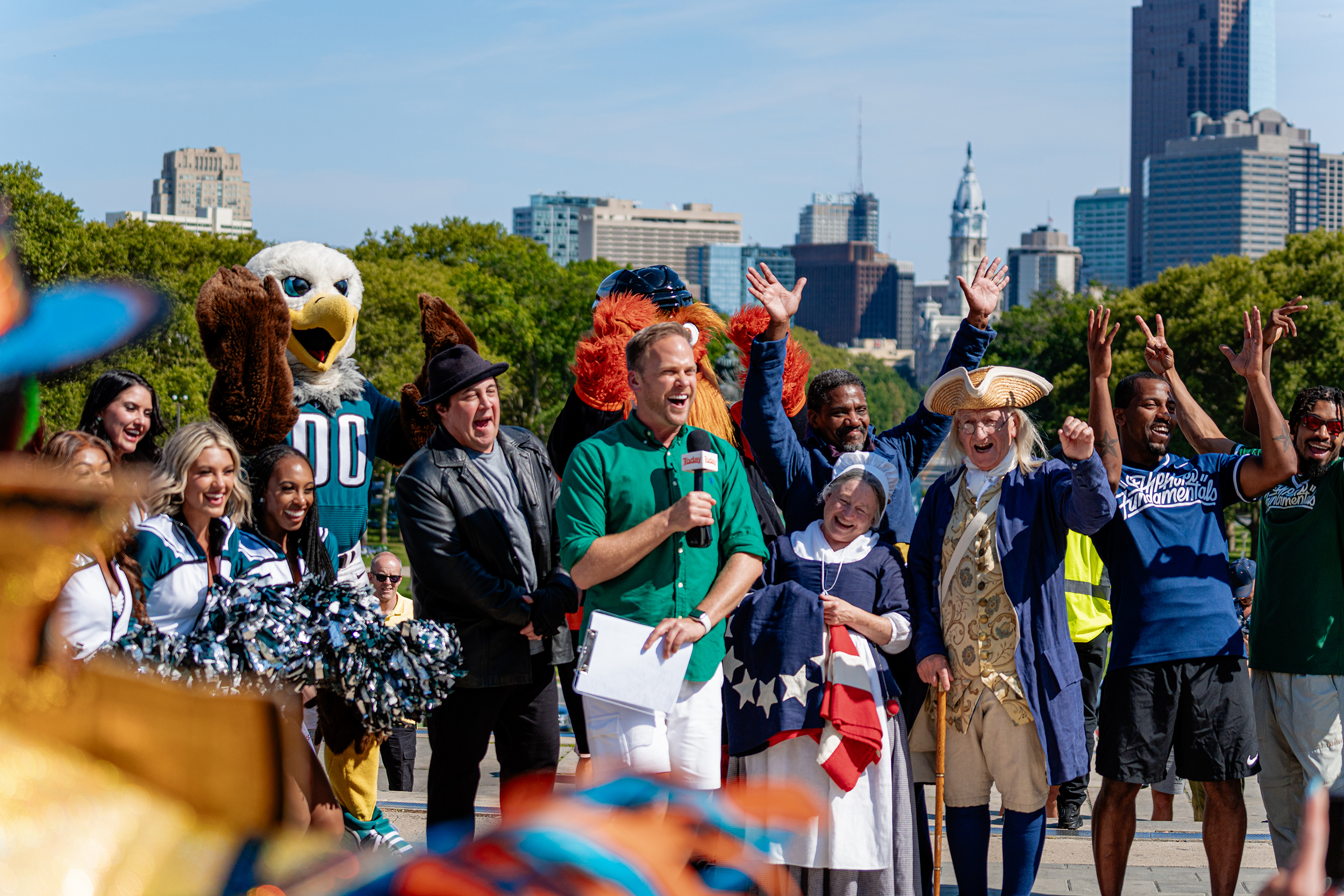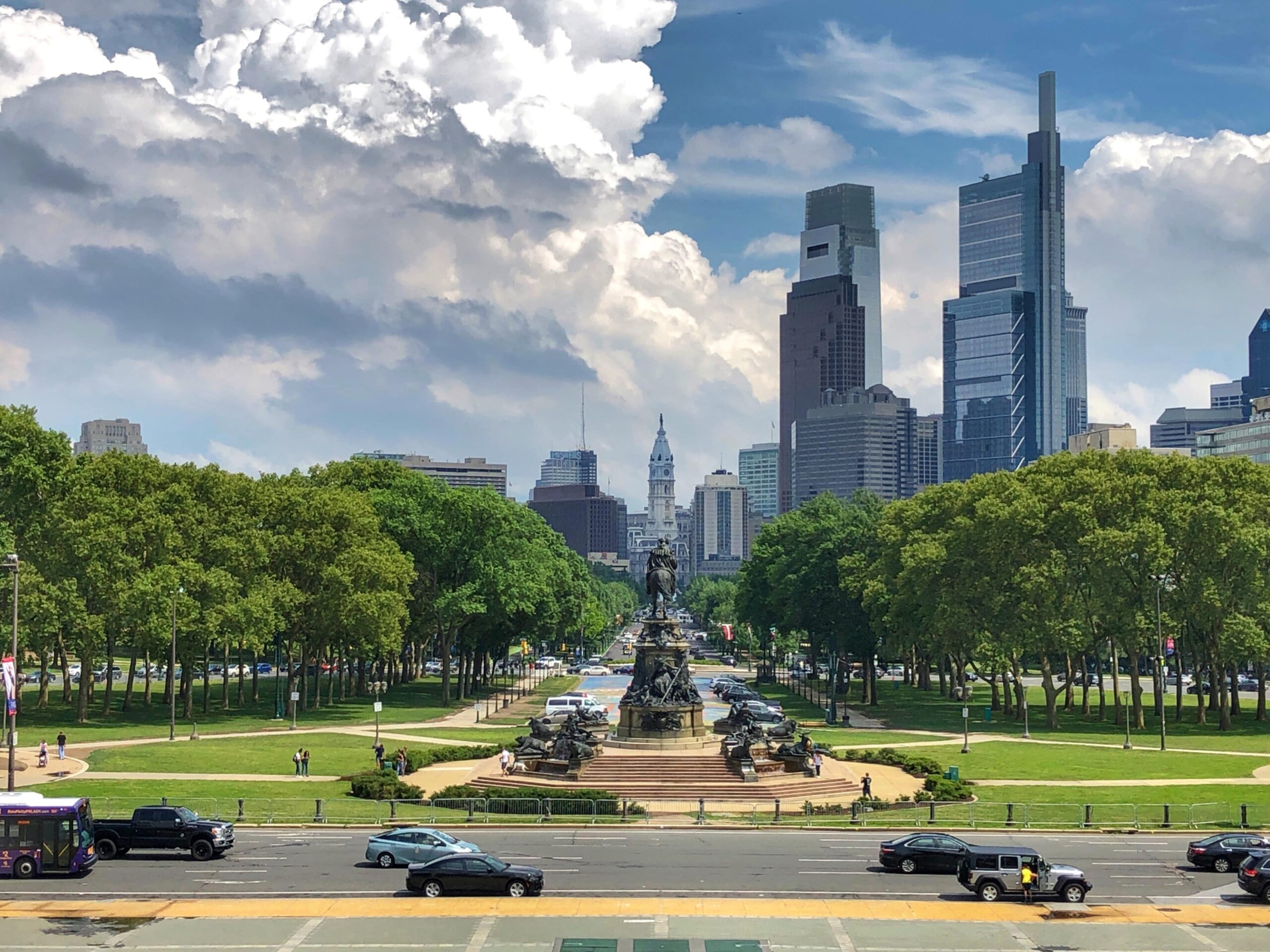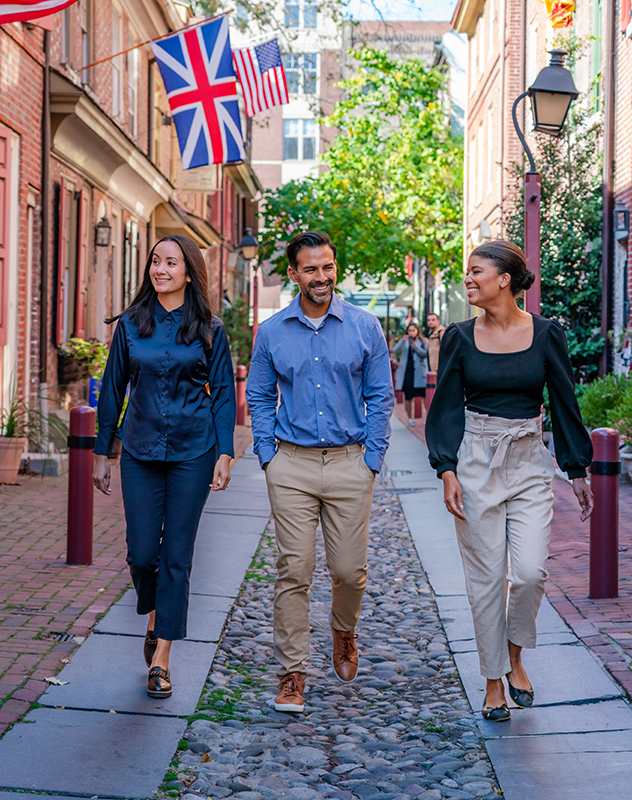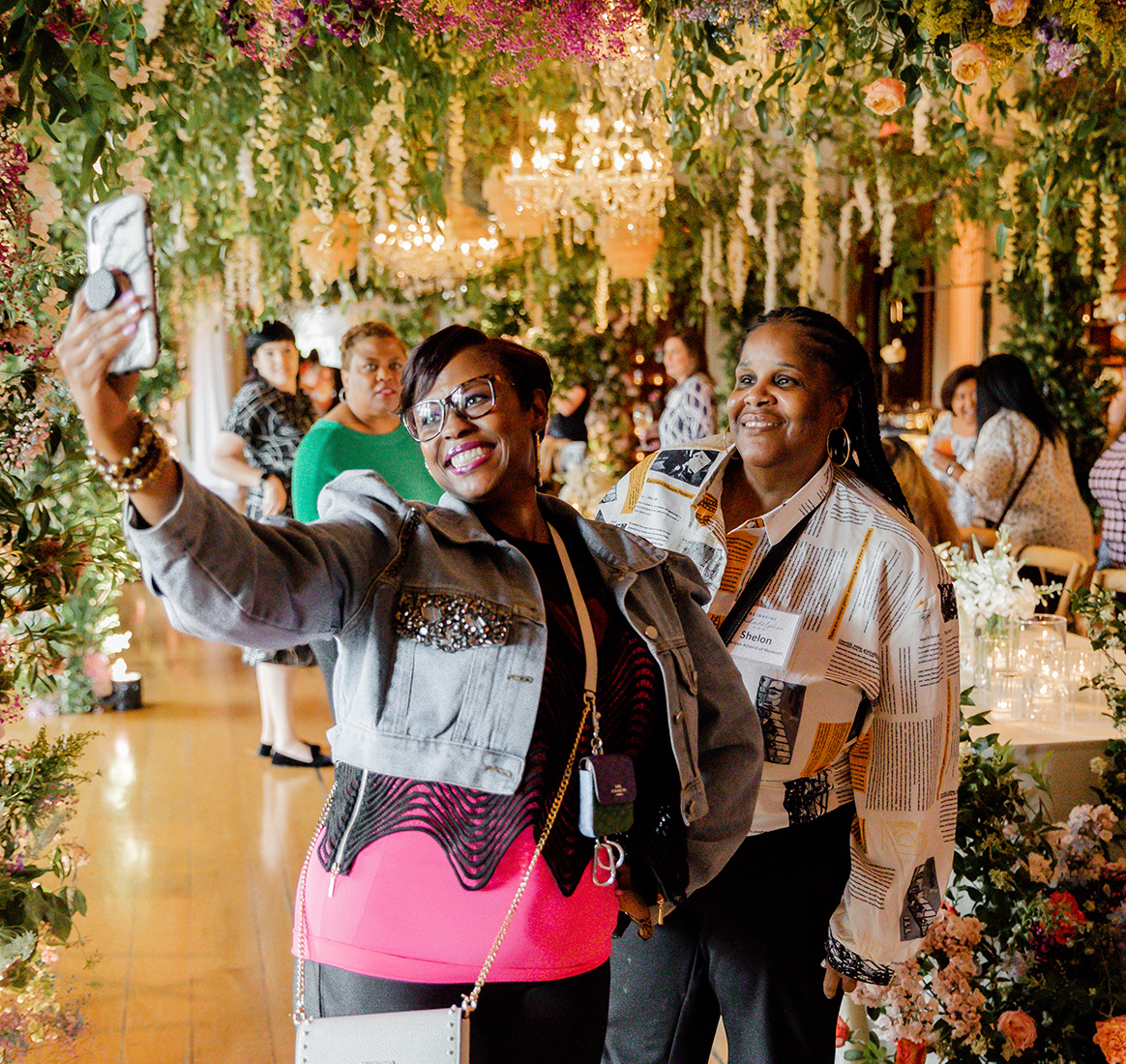Customized Event Microsite
Let the PHLCVB help build your event’s online presence. Created specifically for your event, this web page features your event details, links to registration and housing portals, and rich destination content with photos, videos and blog posts depicting the experiences, attractions, dining, recreation, and nightlight that attendees will find in Philadelphia.
Marketing Materials
Destination videos
Download :30 Philadelphia video
Download :60 Philadelphia video
Download PCC Walkability video
Download PHL Life Sciences video
Online Media Room
An open resource for creative assets including photography, high-definition b-roll footage, logos, press releases and promotional copy.
Postcard Templates
Get your attendees excited about your upcoming gathering in Philadelphia with our customizable “Save the Date” and “Welcome to Philadelphia” postcards. Simply download, add your details, and share to start building anticipation for your event.
Save the Date Postcard Template
Welcome to Philadelphia Postcard Template
Visitors Guides
- Official Visitors Guide (digital only, available for download)
- International Visitors Guides (digital only, available for download)
Public Relations Support
The PHLCVB has created a Public Relations Manual to share best practices and help your event achieve maximum exposure. The PR team can assist with distributing press releases and pitching stories about your event to local Philadelphia media.
Email Blasts
The PHLCVB can offer attendance building support through Data Axle using NAIC and SIC codes to help provide targeted emails focused on either job titles or by regions. Limited email campaign of 2500 emails.
Promo Trip
Available for 3,000 on peak nights or more.
Support provided to you at your conference the year prior to Philadelphia.
- In-Person: A PHLCVB Destination Services Manager will visit for up to a maximum of 3 days and connect with your attendees to help promote Philadelphia.
**Requirements: Complimentary hotel room, event table and electricity - Non In-Person: Additional off-site support includes Philadelphia destination videos, printed promotional collateral for your event, or raffle products, or a specified dollar amount for F&B support (coffee breaks, etc.), and more. Speak with your PHLCVB DSM for options.
- 1,000-3,000 On Peak: Printed promotional collateral and Philadelphia destination videos can be provided.



